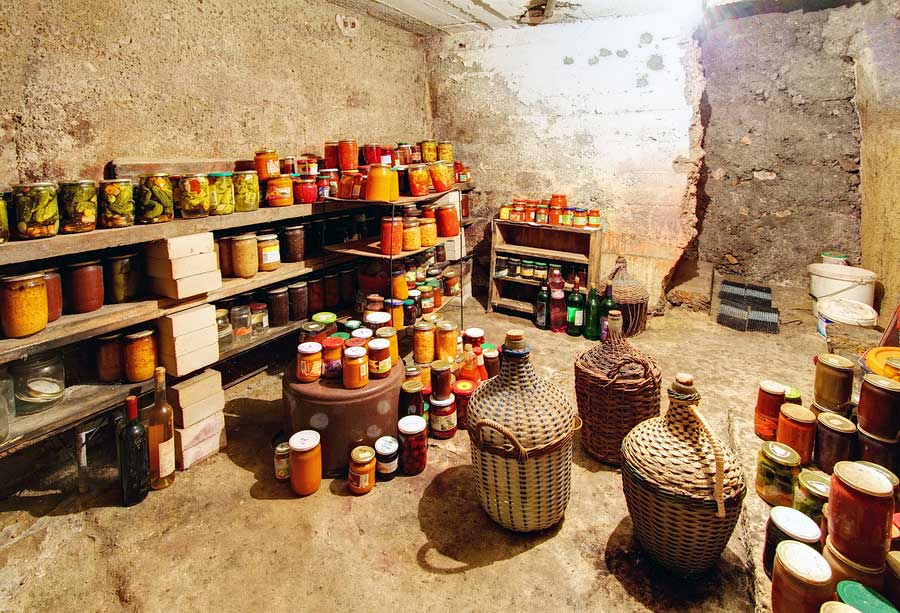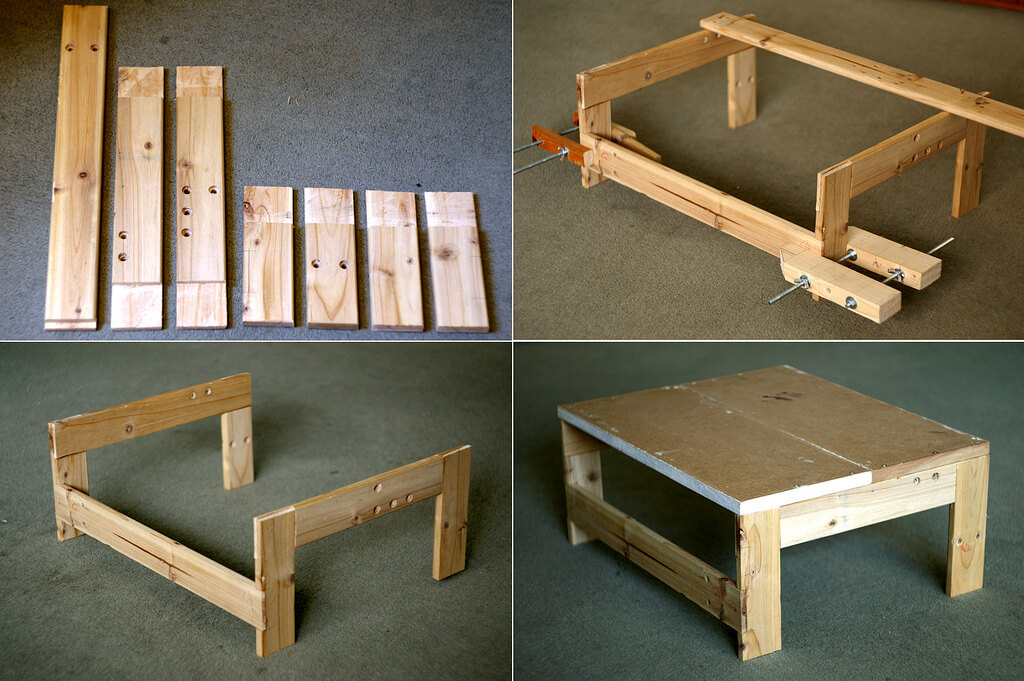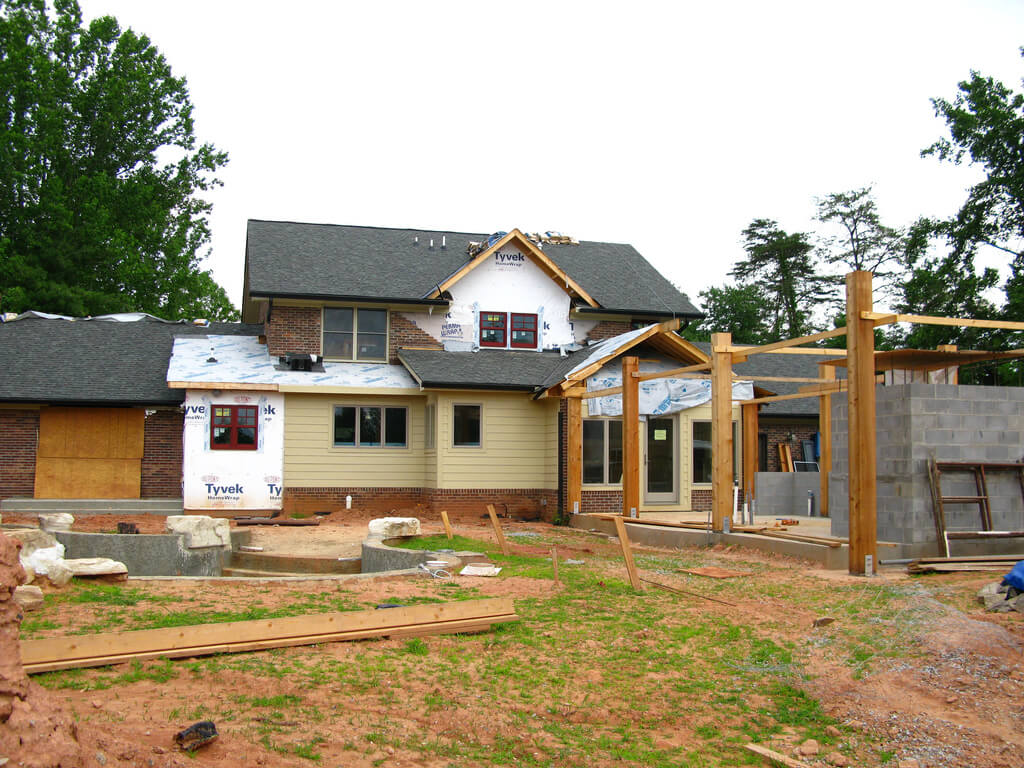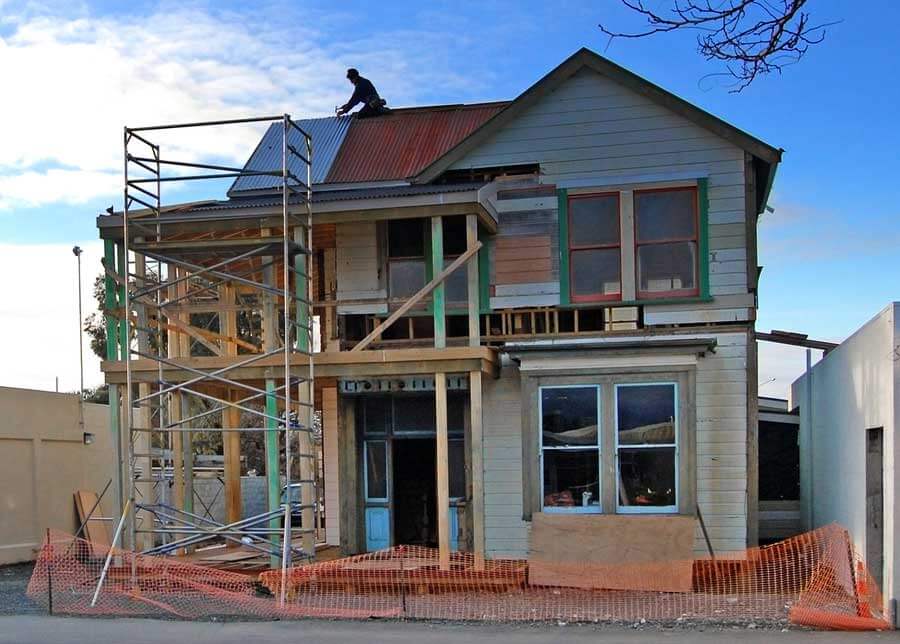Things You Should Know BEFORE Building Your Tiny Home
Tiny homes are popping up all over the place, with all sorts of prices and functions. Whether you're looking to build a tiny home on wheels, or you're itching to get a little house on that family piece of property; they can all be done. But before you build, there are things you should know before you go looking for a hammer.
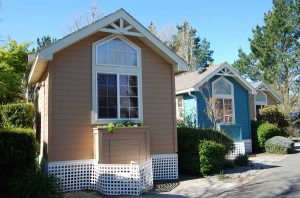
Saving Money Costs Time
These days, a tiny homes can be built for less than ten thousand dollars. Pulling off a budget-friendly tiny house like that may be a dream come true, but the time and labor it requires can be a nightmare. Using secondhand or repurposed materials cut down building costs dramatically, but finding them can take time. Start scavenging before you even think of breaking ground, and you'll reduce the risk of surprise expenses or last-minute changes to the building blueprint.
Craigslist and any Habitat For Humanity Restore will have an array of building tools, and home supply stores should be checked regularly for special sales. Thrift stores for building materials are popping up all over, so there may be shops around that can knock a few items off your supply list. People have gotten pretty creative with what they buy and where they "shop". Check out the blogs from successful tiny home builders for great ideas and helpful insights.
Spending Money Now Means Saving Later
Tiny homes are appealing because there's less to clean and maintain, but their biggest selling point is the price tag. A tiny home can cost less to build and maintain, and people are finding creative ways to cut more financial corners every day. However, cheap materials will never be more valuable than quality ones. It's easy to find used windows, but if goal is to save on monthly expenses and save energy, an old single pane window won't live up to your expectations.
Sometimes, it's smarter to spend more than it is to save. This is especially true when it comes to the structural materials that will go into your framework. It's takes hours of sweating over pricey equipment to retrofit or cut materials down to size. Even if you can find pieces that fit perfectly, a good deal on an iffy beam won't save any money if the loft collapses two years down the road. Always play it safe, and keep your cash in your pocket if strength or durability are ever in question.
Building Codes Are A Must-Know
A shop or a she-shed is a simple DIY project, but building a tiny home isn't so easy. Whether your tiny home is on wheels, or on the ground; or whether it's 500 sq ft or 20 -- It's a dwelling. And since it's classified as a dwelling, it comes with a long list of building legalities. Building outside of regulation can lead to unfortunate consequences, so a tiny home should be built to code.
Sure, you can build without the right permits and considerations in place, but you'll be putting all of your time and money on the line. If the county catches wind of your zoning and code restrictions, there's nothing to stop them from slapping you with fees (or even taking the whole house down all together). Creativity and thriftiness have their part in smart building, but it's just as important to be informed and to spend your dollar wisely.
Foundations Need Special Attention
A strong foundation is key to any house, but this is especially important for homes being built on land. Nature affects soil in a multitude of ways, especially when it comes to temperature and water. Homes in cooler areas will need to determine their soil's frost depth to prevent frost heaving of their foundation. Proper drainage will be a key focus regardless of temperature to minimize the damage and costs of erosion. This job can be done quickly by an experienced excavation company, but if you're burning with DIY fire, you can rent construction and excavation equipment to do the job yourself. You'll need permits and licenses to save yourself legal trouble, but you stand to save hundreds and thousands by doing the work on your own.
Framework Should Be Strong Yet Simple
Repurposed metal or new wood, the framing material needs to be strong. It should also be fairly lightweight, and simple to handle and build with. Including used windows into your framework will add flair and thriftiness, but the variance in size and design can complicate framing. They can still be used, but design a layout that revolves around the windows rather than trying to make them fit with your initial framing plan.
Hiring Professionals Can Pay Off
YouTube and blog tutorials make it possible to turn just about anything into a DIY project. But just because you can do it, doesn't mean you should. Professionals know the building regulations, plus they have years and years of experience that allow them to work quickly while spotting potential problems that would fall invisible to the untrained eye. And if they fall off your roof during installation, they have workman's comp to cover their recovery time. All in all, hiring a professional is hardly a bad idea. It's top priority to take your home into your own hands, but unless you or Uncle Bob are a professional with legal know-how and building permits; hiring a professional will save you time. In some instances, it might even save you money. Whatever you decide to do, just make sure you build smart.
